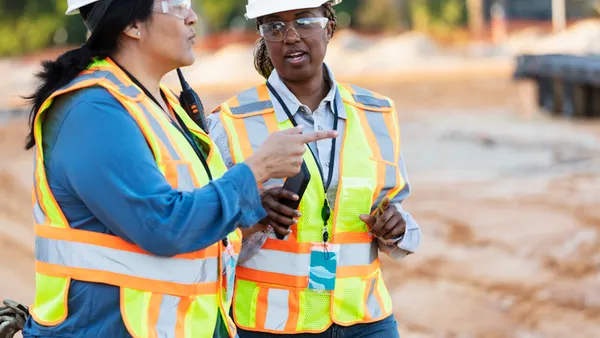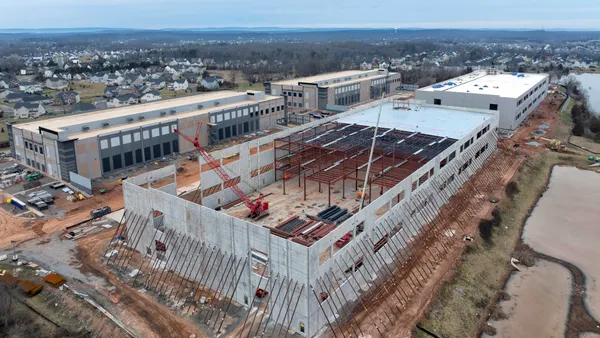Dive Brief:
- New York Gov. Andrew Cuomo announced that three construction teams will vie for the 1-million-square-foot, $1 billion-plus expansion of New York City's primary convention venue, the Jacob K. Javits Convention Center. The three teams include a Lend Lease-Turner Construction joint venture, Gilbane Building Company and a Skanska USA-led joint venture, according to The Real Deal.
- All three teams, which have received proposal requests from the state, will submit their design and construction bids by Oct. 31, and a winner will be selected in early 2017.
- This is the first time that the state's development arm, the Empire State Development Corporation, has been allowed to use the design-build method, which establishes a set price and "shifts much of the project's risk" to the design-construction team.
Dive Insight:
All three companies have done extensive work in the New York City area, and Skanska is currently leading the LaGuardia Gateway Partners team on a public-private partnership (P3) with the Port Authority of New York and New Jersey for the $4 billion Terminal B project at LaGuardia airport, a project which Skanska characterized as its "largest project ever."
The design-build delivery method is widely recognized as a way for all stakeholders in a construction project to collaborate on every aspect of the job, providing a single source of accountability for the owner. Design-build contracts also allow the project to get underway without having all of the final details worked out, unlike the design-bid-build process. Cuomo has pushed for expanded use of design-build for more state projects, but he has met resistance from some New York officials.
Barbara Wagner, senior vice president at Clark Construction, told Construction Dive in March that one of the biggest advantages of the design-build method is that, because of the initial collaboration between the project's parties, it usually results in change orders as low as 1% of the project.
The Massachusetts Bay Transportation Authority is also betting that the design-build method will help dig them out of the hole they created with the Boston Green Line light-rail extension project. The MBTA announced in May that it was going to use design-build as part of its new "scaled down" plan to keep the Green Line project alive. The rail extension project in its original form experienced delays and cost overruns, and the MBTA terminated all of its lead contractors in December. Before the agency stopped construction, the Green Line, at $642 million per mile, was poised to become the state's most expensive MBTA project in decades. The MBTA laid much of the blame for its problems at the feet of the contract procurement process, although subsequent reports found the overall MBTA mismanagement of the project had much to do with the extension's derailment.










